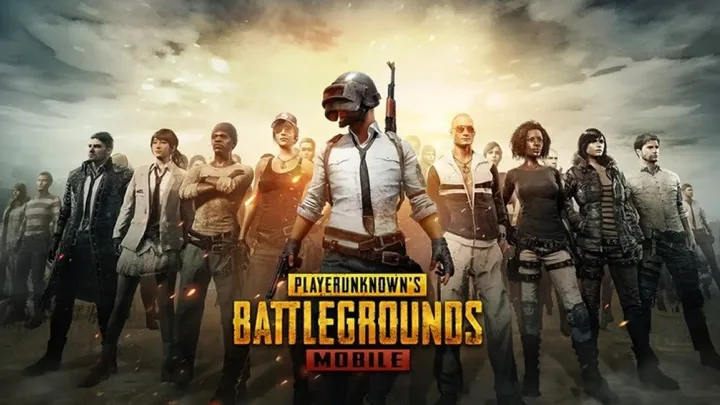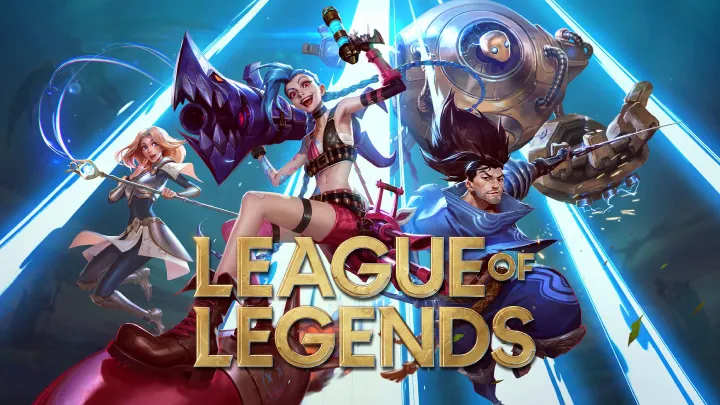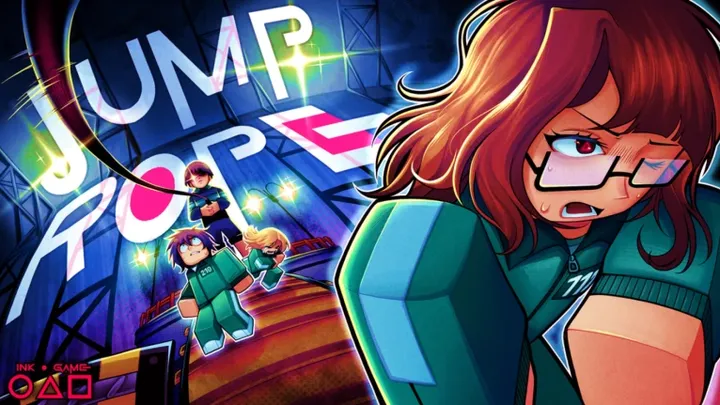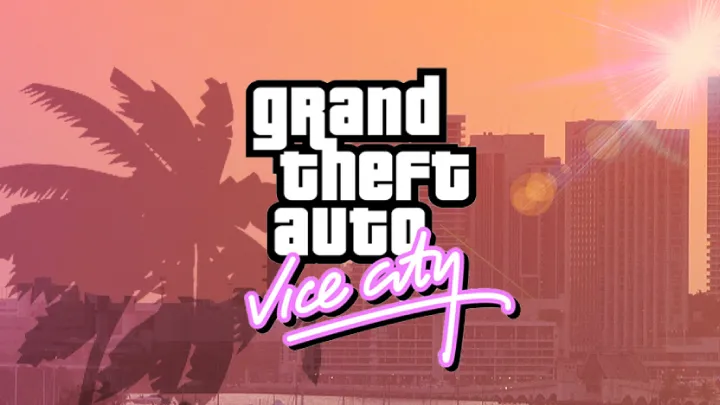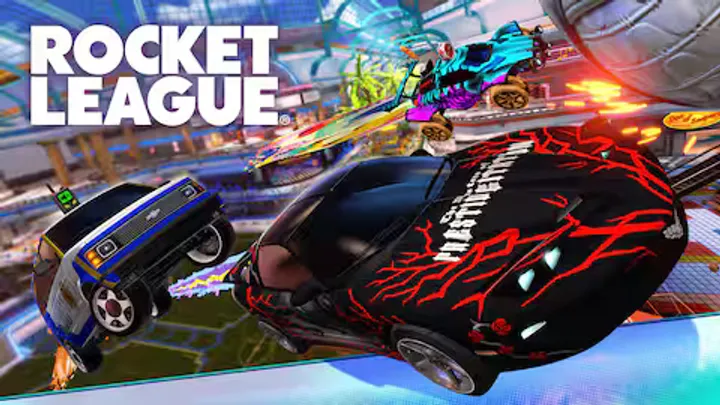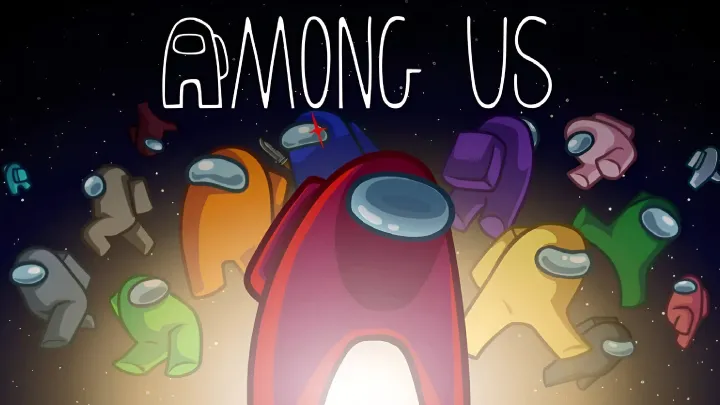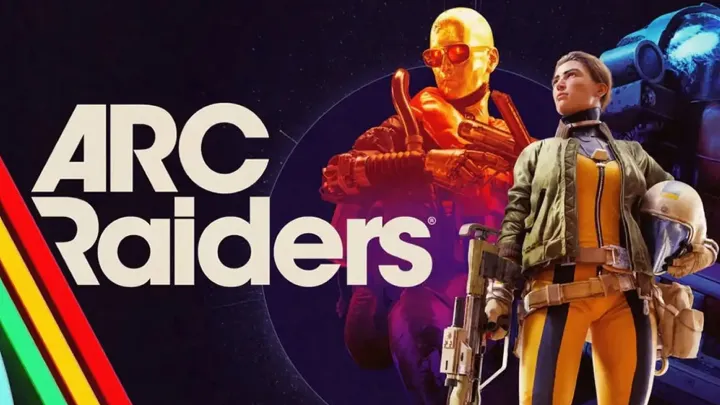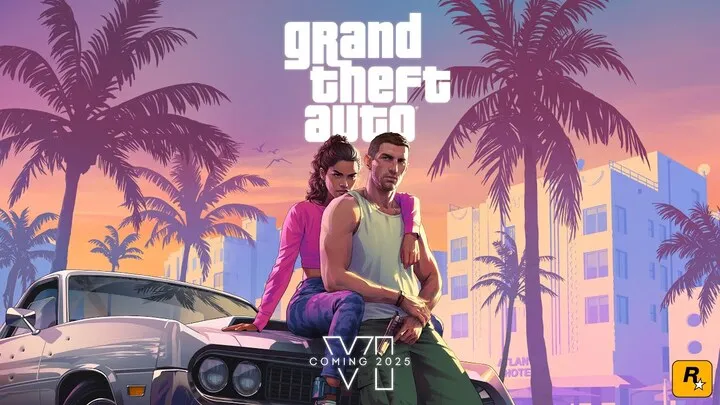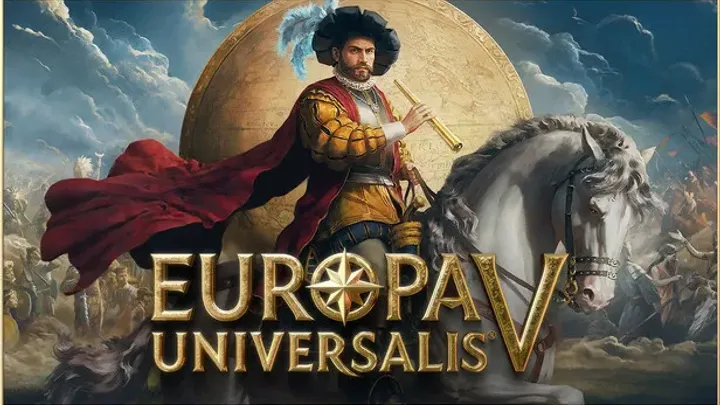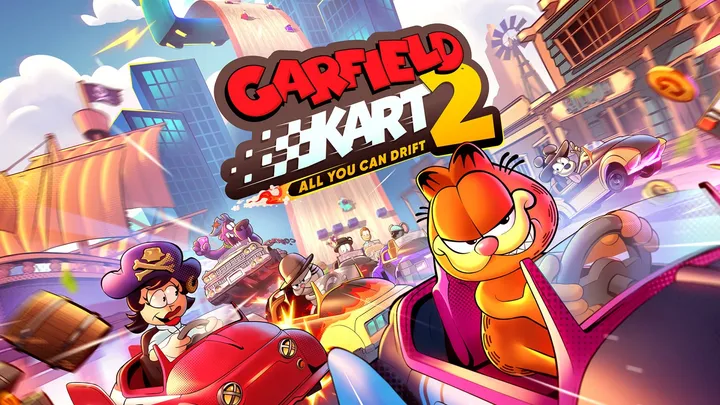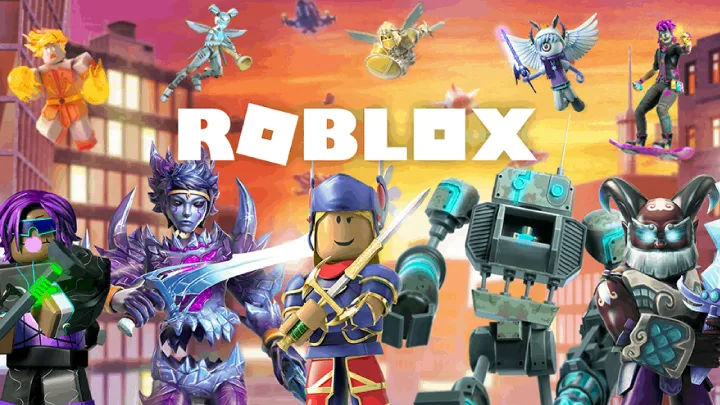Introduction
Few games in modern history carry as much weight before launch as Grand Theft Auto VI. Developed by Rockstar Games, this long-awaited entry in the legendary series follows in the footsteps of GTA V, which redefined open-world design and became one of the most profitable entertainment products ever created. With GTA VI, Rockstar is aiming not just to replicate past success but to push the boundaries of immersion, narrative ambition, and technical scale.
Set in a fictionalized version of Miami and surrounding areas, GTA VI brings players into Vice City once again—only now with an unprecedented level of realism, detail, and scope. The game introduces dual protagonists, a living ecosystem of NPCs, and world systems that react to the player in ways that feel more dynamic than ever before.
Narrative & Characters
- Protagonists: Players control Lucia, the series’ first female lead, alongside her partner Jason. Their story evokes a modern Bonnie and Clyde arc—two outlaws driven by survival, ambition, and loyalty in a volatile underworld.
- Themes: Unlike the satirical focus of GTA V, GTA VI leans toward a more grounded, character-driven narrative, exploring themes of poverty, risk, betrayal, and love within the framework of criminal enterprise.
- Structure: Missions are woven into the daily rhythm of Vice City, combining scripted heists and open-world opportunities, with an emphasis on cooperative action between the protagonists.
World & Atmosphere
- Vice City Reimagined: A neon-drenched Miami analogue, complete with beaches, swamps, high-rises, nightclubs, rural outskirts, and waterways. The sheer diversity of environments allows for drastically different playstyles.
- Dynamic NPCs: One of Rockstar’s most ambitious promises is a living ecosystem—citizens follow routines, react to crimes, and behave in ways that blur the line between scripted AI and emergent simulation.
- Environmental Interactivity: Weather systems, natural disasters, and evolving city events create unpredictability in both moment-to-moment gameplay and long-term exploration.
Gameplay Systems
- Heists & Co-op Mechanics: Building on GTA V’s most acclaimed missions, VI makes heists central. Dual protagonists allow for coordinated strategies, whether handled by AI or in co-op with another player.
- Crime Economy: Smuggling, burglary, drug-running, and street hustling feed into a broader economy of money laundering, property ownership, and gang dynamics.
- Vehicles & Physics: Driving is more weighty and tactile than before, with detailed physics for cars, boats, and even aircraft. Vehicle interiors are fully explorable, adding realism.
- Combat Improvements: Gunplay and melee combat have been reworked for greater fluidity, with contextual animations and more reactive AI cover behavior.
- Exploration Freedom: Side activities range from fishing in the Everglades to underground street racing, each designed with depth rather than as throwaway diversions.
Technical Ambition
- Graphics: GTA VI pushes realism further than any Rockstar title yet, with facial animations and cityscapes rivalling high-end cinema visuals.
- Scale: The map is said to be larger and denser than both Los Santos and Red Dead Redemption 2’s frontier combined.
- Performance: Optimized for next-gen hardware, the game leverages streaming technology to eliminate load times, while maintaining seamless transitions between environments.
- AI Systems: Rockstar has promised NPC logic and behavior that make Vice City feel “alive,” reacting dynamically to crime, emergencies, and social cues.
Strengths
- Narrative Evolution: By introducing Lucia and Jason, Rockstar offers a fresh, emotional core while maintaining the crime-epic scope fans expect.
- Immersive World Design: Vice City feels not just bigger but denser, with every street corner offering potential stories.
- Next-Level Heists: The dual-protagonist system makes missions more dynamic and cinematic.
- Living NPC Ecosystem: The promise of responsive, lifelike citizens could set a new standard for open worlds.
- Technical Leap: Graphical fidelity and performance showcase the full power of modern consoles.
Weaknesses & Concerns
- Expectations Gap: With so much hype, anything less than revolutionary could feel like disappointment.
- Hardware Limitations: The game may struggle on older systems or require very high-end PCs for full fidelity.
- Narrative Balance: Rockstar must carefully balance grounded drama with the satirical edge fans love.
- Online Component Risks: If GTA Online integration overshadows single-player, narrative-focused fans may feel underserved.
- Content Controversies: Given its themes, Rockstar may face criticism regarding depictions of crime, violence, or gender roles.
Community Reception & Anticipation
Even before release, GTA VI has become a cultural phenomenon. Trailers and leaks sparked record-breaking engagement, with fans dissecting every frame for clues. The community is divided between those excited by the narrative direction and those worried Rockstar may sacrifice the unrestrained satire that defined earlier titles. Still, anticipation is universally high—the game is expected to set sales records and redefine open-world gaming.
Final Verdict
Grand Theft Auto VI represents not just a new chapter for Rockstar but a turning point for the open-world genre. By blending deeply human storytelling with cutting-edge technology and expansive player freedom, it aims to deliver both intimacy and scale. If it succeeds, it won’t just be the game of its generation—it will be the benchmark for the next decade.

















































